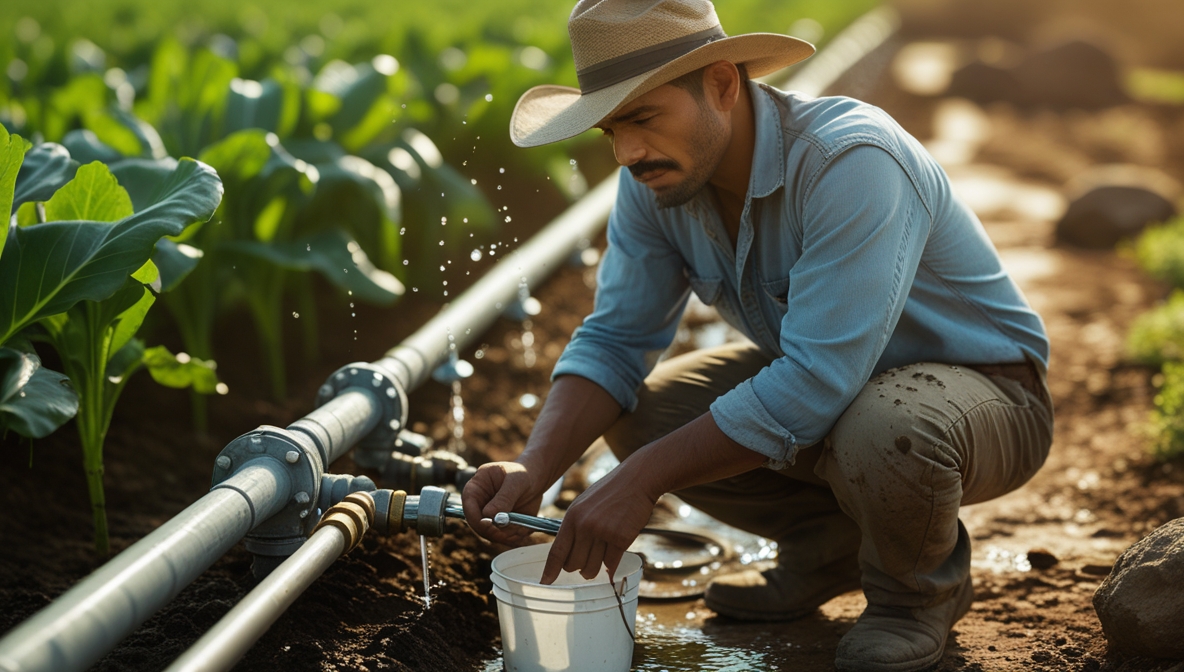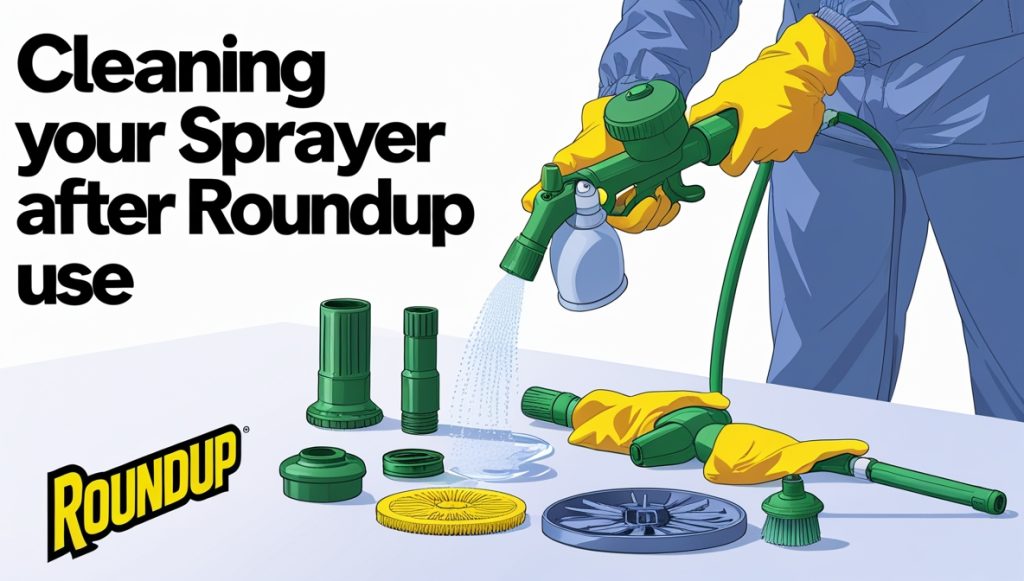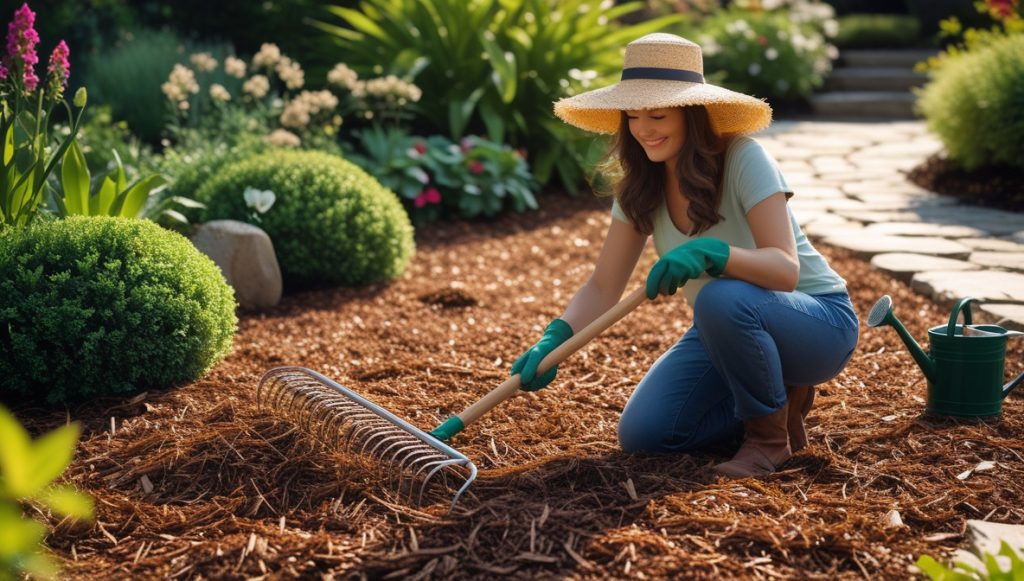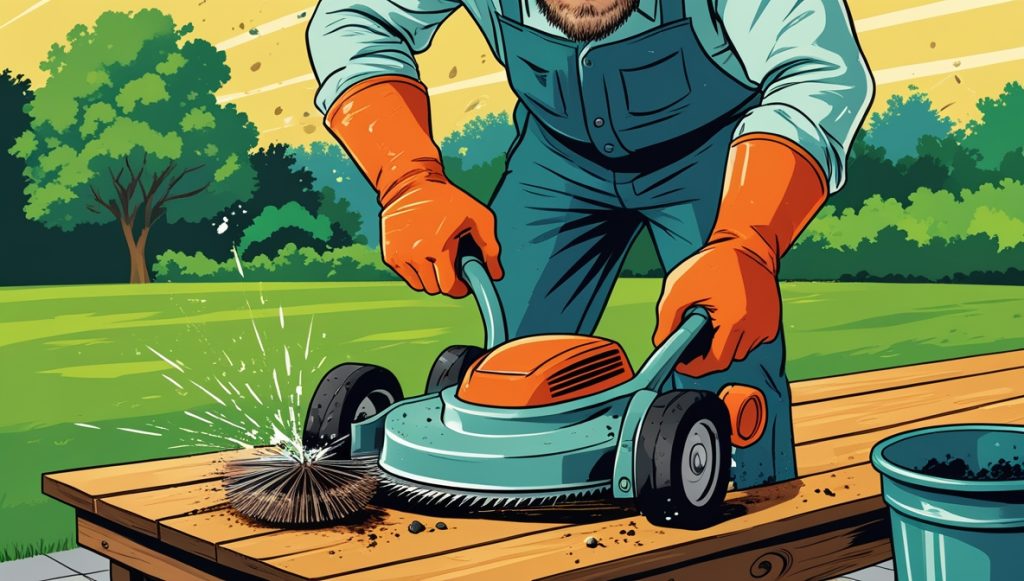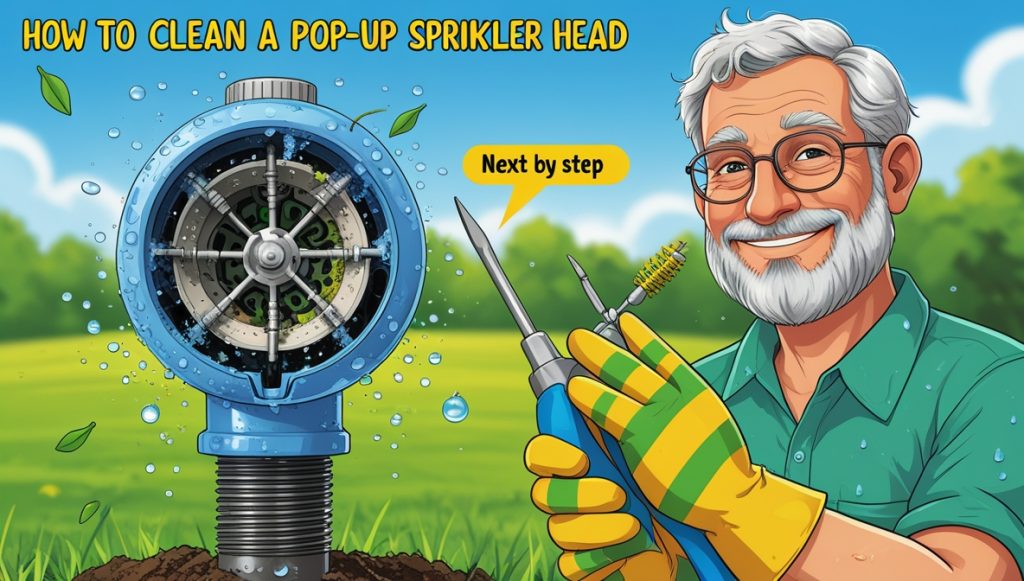A leaky irrigation system wastes water and money. Finding that hidden leak can feel like searching for a needle in a haystack, but with a systematic approach, you can pinpoint the problem and get your system back in top shape. This guide walks you through various methods to help you locate that pesky leak.
Contents
- Spotting the Obvious Leaks First
- Checking Valves and Fittings Closely
- The Power of Visual Inspection
- Listen for the Telltale Sounds
- Feeling for Wet Spots in the Soil
- Using a Pressure Gauge for Clues
- Dye Tablets: A Simple Leak Detector
- Employing a Leak Detection Tool
- Sectioning Your Irrigation System
- Calling in the Irrigation Experts
Spotting the Obvious Leaks First
Start with the low-hanging fruit. Look for any obvious signs of water spraying, gushing, or pooling near sprinkler heads, valves, or pipes that are visible above ground. These are the easiest leaks to spot and often the most significant water wasters. Pay close attention to areas where pipes connect, as these joints are common leak points.
Next, check your water meter. If it’s running even when your irrigation system isn’t actively in use, you have a leak somewhere in the system. This gives you confirmation that a leak exists before you start the more detailed investigation.
Checking Valves and Fittings Closely
After examining the easily visible areas, carefully inspect all valves and fittings. These are critical points where leaks frequently occur due to wear and tear, corrosion, or improper installation. Look for signs of water stains, rust, or even small cracks.
Tighten any loose fittings gently; however, avoid over-tightening, which could damage the components. If you notice any significant corrosion or damage, you’ll likely need to replace the affected valve or fitting.
The Power of Visual Inspection
A thorough visual inspection is crucial. Walk the entire length of your irrigation system, carefully examining all pipes, both above and below ground (if accessible). Look for any signs of discoloration, cracks, or damaged sections. Pay attention to areas where pipes bend or change direction, as these are stress points.
Don’t forget to check the drip lines and emitters. These smaller components can develop pinhole leaks that are difficult to spot but can contribute significantly to water loss over time. Sometimes, a simple visual check is all you need.
Listen for the Telltale Sounds
Sometimes, you can actually hear a leak. Turn on your irrigation system and walk around the area, listening carefully for any hissing, dripping, or rushing sounds that might indicate a leak. This is particularly useful for identifying underground leaks, although it’s not foolproof.
Focus your attention on areas where pipes run underground, especially near walls or foundations. The sound of running water can be surprisingly loud when amplified by the surrounding soil.
Feeling for Wet Spots in the Soil
If you suspect an underground leak, feel the soil for wet spots. This is a simple but effective way to narrow down the search area. Focus on areas where you heard unusual sounds or where the ground appears unusually damp or soft.
Keep in mind that this method is most effective after a period of irrigation. The wet spots will be more pronounced after the system has been running for a while.
Using a Pressure Gauge for Clues
A pressure gauge can provide valuable insights into the health of your irrigation system. Attach a gauge to the system’s main water line and monitor the pressure while the system is running. A significant pressure drop may indicate a leak.
Consistent pressure loss over time, even if minor, can point to a slow leak that might be otherwise difficult to detect. Compare the reading to the manufacturer’s recommended pressure for your system.
Dye Tablets: A Simple Leak Detector
Dye tablets are a simple and effective way to locate leaks in your irrigation system. Simply drop a dye tablet into the water supply before turning on the system. The dye will flow through the lines, and any leaks will be clearly visible as colored water.
This method is particularly useful for pinpointing leaks in underground lines or within drip irrigation systems where visual inspection is difficult. Follow the manufacturer’s instructions carefully for best results.
Employing a Leak Detection Tool
For more complex irrigation systems or when you suspect a stubborn leak, consider using a professional leak detection tool. These tools use various technologies, such as acoustic sensors or ground-penetrating radar, to pinpoint leaks with greater accuracy.
These tools are available for rent or hire from many equipment rental companies. However, if you’re not comfortable using these tools, you might want to skip this step and call in the professionals.
Sectioning Your Irrigation System
If you’ve tried the above methods and still can’t find the leak, try sectioning your irrigation system. Turn off different zones or sections of the system one at a time, observing the water meter or pressure gauge to see if the leak persists.
By systematically isolating sections, you can narrow down the location of the leak to a smaller area, making it easier to find. This is a particularly helpful technique for larger irrigation systems.
Calling in the Irrigation Experts
If you’ve exhausted all other options, don’t hesitate to call in a professional irrigation specialist. They have the expertise and equipment to locate even the most elusive leaks quickly and efficiently. They can also perform necessary repairs and provide valuable advice on maintaining your system.
Remember, a professional can save you time, money, and potential damage to your landscaping in the long run. It’s often a worthwhile investment to get expert help.
Finding a leak in your irrigation system can be challenging, but by following these steps and using a combination of methods, you’ll increase your chances of success. Remember to start with the simplest methods and progress to more advanced techniques as needed. Don’t be afraid to call in the professionals if you’re struggling—a well-maintained irrigation system is worth the effort!
